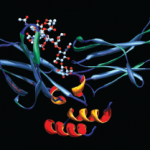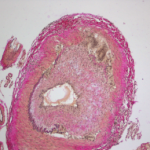Research has shown that anticonvulsants are teratogens and pose a risk for fetal malformations. Meadow was the first to note a possible link between congenital abnormalities and maternal use of anticonvulsive drug in 1968.1 In 1974, Barr et al noted hypoplasia and irregular ossification of the digital distal phalanges with nail dystrophy in children born to…







